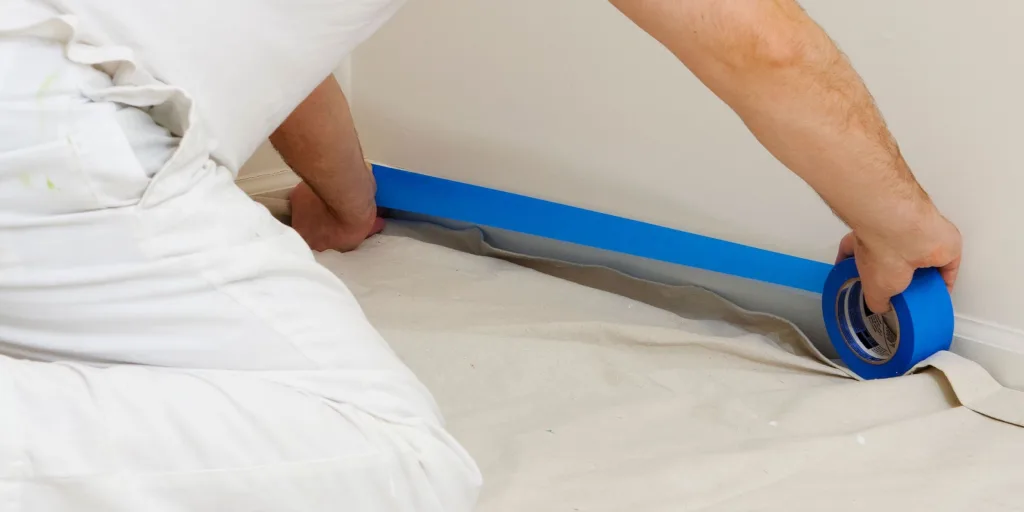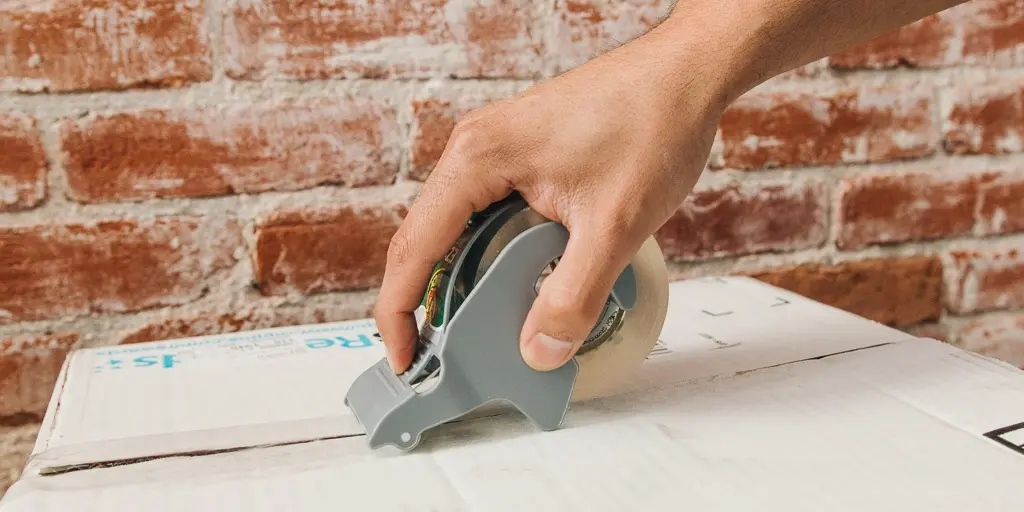Have you ever considered the science behind a simple roll of packing tape? What seems like a mundane necessity plays a pivotal role in ensuring your products reach their destination intact. In this article, we’ll explore the fascinating technology behind packaging tape—delving into concepts like wipe-down force, the impact of manufacturing environments, and the intricacies of selecting the right tape for your application. Join me as we navigate this adhesive world, ensuring your next sealing project is a resounding success!
What is Wipe-Down Force?
Understanding Wipe-Down Force in Packing Tape
Wipe-down force is a critical concept for anyone involved in packaging, especially when it comes to pressure-sensitive tapes like packing tape. In essence, this term describes the amount of pressure applied to the tape during the sealing process.
In automated packaging environments, wipe-down pressure is typically applied by the tape applicators. Many models utilize a dual-roller system, with one roller positioned at the front and another at the rear of the tape head. These rollers help ensure that the adhesive makes sufficient contact with the carton surface. Other advanced mechanisms may employ multiple wipe-down strategies to enhance adhesion, particularly important when sealing underfilled cartons or those filled with flexible materials that might not provide adequate resistance.
Consequences of Inadequate Pressure
Failure to apply the right amount of wipe-down force can lead to significant consequences for your packaging operations. For instance, when pressure is insufficient, the tape’s adhesive may not engage fully, leading to weak seals. This not only wastes time and resources on labor to track down and reseal boxes, but it also risks damage to the contents due to compromised integrity.
Furthermore, inadequate seals often result in cartons opening during transit or storage, exposing the products to potential damage, contamination, or even theft. This highlights the necessity of understanding and applying the correct wipe-down pressure, as it can save companies from costly mistakes.

How Does the Manufacturing/Packaging Environment Impact Tape Performance?
Environmental Factors Affecting Packing Tape
When selecting the right packing tape, one must consider the manufacturing and packaging environments in which the tape will be used. Key factors include temperature, humidity, and the presence of dust or other contaminants, all of which can significantly affect the adhesive’s performance and the overall reliability of the seal.
Temperature is crucial; it encompasses both the application temperature (the environment during taping) and the service temperature (the conditions the cartons will face post-taping). In cold environments, such as those used in dairy, meat, and produce packaging, traditional tapes may become brittle or fail to stick altogether.
Humidity and Surface Conditions
Environmental conditions such as humidity and dust can further affect tape performance. Certain types of packaging tape, like hot melt tapes, do not adhere well in moist environments due to their hydrophobic properties. The 3M Company notes that tape seals can fail if the surface is damp, leading to an increased risk of product exposure during transport.
For dusty or dirty conditions, a tape with a more viscous adhesive may be more beneficial. Such adhesives can navigate around particles of dust and ensure a better bond with the carton surface. This understanding of environmental factors empowers businesses to select optimal packing tape that withstands the specific challenges faced during storage and transit.
What Impacts Packaging’s Ability to Adhere on Cartons?
The Complexities of Tape Adhesion
While the process of sealing cartons seems straightforward—packaging equipment applies tape, and the boxes are ready for transport—there’s a complex interplay at work. The successful application of packing tape hinges on the collaboration of the packaging machine, tape applicator, and the tape itself. Many factors can come into play here, including environmental influences and characteristics of both the tape and carton.
Conditions such as dust, dirt, humidity, and cold temperatures can significantly affect how well the tape adheres to the carton. Additionally, the characteristics of the surface to which the tape is being applied can influence adhesion. Rough or contaminated surfaces may hinder effective bonding, so ensuring a clean application area is vital.
Operational Challenges
Operational efficiency also plays a significant role in maintaining adhesive quality. Issues such as improperly adjusted tape applicators, high-speed operation stresses, or poor unwind characteristics of the tape can lead to complications like tape stretch or breakage. Ensuring that all components work harmoniously is key to achieving reliable seals that withstand the rigors of transport.
How to Select Packaging Tape Based on the Application?
Choosing the Right Tape for Your Method
Effective tape selection often comes down to understanding the application method—whether manual or automated. Each has its unique requirements that dictate the optimal type of packing tape to use.
In a manual application, key tape features include easy unwind characteristics, strong initial tack for quick attachment, and durable film backing to prevent stretching and breakage. In settings where noise is a concern, quiet tapes can also create a more comfortable working environment.
Related article: How to seal a carton with packaging tape?
Focus on Automation
In automated processes, easy unwind becomes even more critical to minimizing tape breakage during application. Tapes that offer instant adhesion are ideal for fast-paced packaging environments, allowing for immediate palletization of cartons.
If sealing overfilled cartons, where contents push against the flaps, a tape with excellent holding power is essential. Remember to consider external stress factors like lifting and sliding during storage and transit. Selecting durable options that exhibit high shear strength will be paramount in preventing tape failure under stress conditions.
Conclusion
The technology behind packing tape is not just about the roll itself—it encompasses a deep understanding of various factors that affect how well it performs in real-world situations. From the requisite wipe-down force to the environmental conditions influencing adhesive performance, choosing the right packing tape can make all the difference in maintaining product integrity.
At Fonitaniya Tapecompanies, we have dedicated over 15 years to providing innovative adhesive solutions, consistently improving our packing tape offerings to meet the dynamic needs of our customers. Trust us to deliver the quality and performance necessary to keep your operations running smoothly.
FAQs
What’s the best packing tape for heavy boxes?
Look for heavy-duty tape that specifically supports the weight and size of the box.
Can packing tape work in extreme temperatures?
Yes, but use specialty tapes designed for your specific temperature needs.
How long does packing tape last?
Properly stored, packing tape can stay effective for many years, but check for expiration dates.
Is packing tape recyclable?
Generally, it is not recyclable; follow local disposal guidelines for best practices.
What width of packing tape should I choose?
A width between 48 mm to 72 mm typically covers most sealing needs effectively.




